Making Little Cakes With Martha Washington
by Sarah Marshall
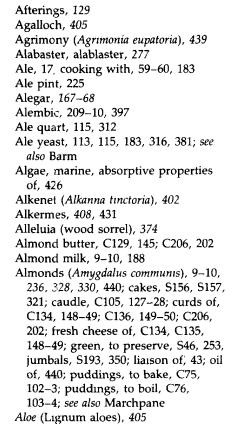
There are very few pages in Martha Washington’s Booke of Cookery that fail to yield something utterly delightful. Take, for example, recipe 196, which tantalizingly promises to show the reader how “To Keepe Neats Tongues & Dry Them.” Neats’ tongues are now known — far more dully — as beef tongues, but their 18th-century name, as well as the ambiguity of the word “keep,” conjures (for me at least) the mental image of a beleaguered Virginia woman straining to prevent a host of rambunctious tongues from escaping a pickle barrel. Cannonfire sounds in nearby Chesapeake. Once she deals with the tongues, the woman decides, she will spoil herself a little, war be damned. She will make the most restorative decoction she knows of, which is, of course, number 285: “Cock Water.” The recipe calls for the hapless cook to “Take A red cock & pull it alive, and whip it till it be dead allmoste. then cut him in 4 quarters while he is alive, & drayn him well from bloud with A cloth.” On second thought, maybe she will content herself with “Little Cakes.”
It’s a pet belief of mine that the best way to learn about a culture or a historical period is by wearing its fashions and eating its foods. The same can be said of fictional characters: I can’t think about Little Women without thinking about pickled limes and what they actually are, and then that I should make them, and then about Little Women in general and how Professor Bhaer may have been all Gabriel-Byrne-let-me-kiss-you-at-the-opera in the movie, but how based on his description in the book he probably more closely resembled Žižek, and then I get distracted and don’t make pickled limes. Would the taste of a pickled lime help us understand why Laurie ended up with Amy? Doesn’t something have to?
In any case, a historical period’s foods are usually easier and cheaper to get your hands on than its fashions — even if they tend toward the overambitious. In fact, the more ambitious the better: You never sympathize more with an 18th-century woman than when you find yourself elbow-deep in viscera — or at least, you probably don’t. I’ve been elbow-deep in viscera more than once, but in my attempt to understand the women who read — and cooked from — Martha Washington’s book, I settled for being wrist-deep in Little Cakes, because what they lack in ambition they make up for with their delightful name. Just say it: “Little Cakes.”
“What are you making?”
“Little Cakes.” (Capitalization is imperative.)
Or, even better:
My Dear George, I do hope this letter finds you well. Enclos’d are 2 doz. Little Cakes, meant to remind you of our happy home. Please do not give any to Gen. Henry Knox as he is already quite stout. Signed, your dearest puddin’ pop, Martha.
So — Little Cakes it is. And this is how you make them:
Take A pound of wheat flower twice sifted, a pound of currans, A quarter of a pound of sugar, A little nutmeg grated, A little saffron, ye whites of 14 eggs beaten, A little salt, some rose water. mingle ye flower with a little sweet & thick cream, & put it into ye saffron, eggs, & sugar finely beaten. when ye paste is made, beat it well with a rouling pin, & roule out part of it thin. then take your currans, nutmeg, & rosewater, & lay them on your paste, & strow on them a little fine sugar. then roule out ye other pieces of paste thin, & lay it on the top. then close it together, & cut ye superfluous paste with a Jagg. thus you may make yr paste all into one, or into severall little cakes, according to yr pleasure. when they are baked, you may Ice them over with A little sugar & rosewater wash’d over on ye top, & ye white of an egg beaten with it, & after set them a little into ye oven againe. & soe you may Ice your great Cakes.
What could be simpler — especially when you’re able to appreciate how lucky you are not to be torturing a chicken? What’s more, all of these ingredients are easy to secure, with the exception of rosewater, which proved surprisingly perplexing to all the clerks at the downtown Portland Whole Foods. Two people pointed me straight toward rosewater face wash, whose label boasted, inexplicably, that it was recommended by the teachings of Edgar Cayce. This led me to phone a friend and ask whether it made sense to use face wash in a recipe, since the label didn’t explicitly say that it wasn’t edible, right? Ultimately, however, I found the specifically edible kind of rosewater in the ethnic food aisle, since it’s now used in far more Lebanese recipes than it is in Little Cakes. I also bought the Edgar Cayce face wash, reasoning that I was already using Dr. Bronner’s magic soap, and adding psychic expertise to my beauty regimen could only make me all the more sexily clairvoyant.
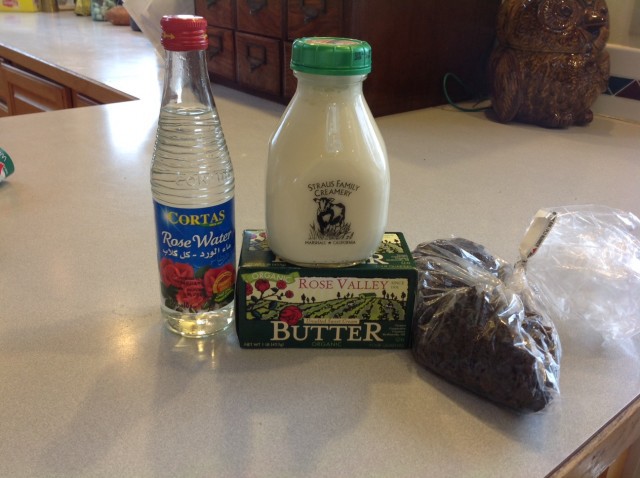
Easy-to-find ingredients aside, however, this recipe does present some problems, even when you divide it in half (which is what I did). How much, for example, is “a little saffron”? What exactly does “mingling” involve, when you’re baking something instead of hanging out awkwardly at one of those parties where they serve cocktails in surprisingly breakable plastic cups? I’m relatively secure in terms of “strowing,” but what about referring to the dough as “paste”? And how exactly do you beat something “well”? A lot? A little? Just the right amount?
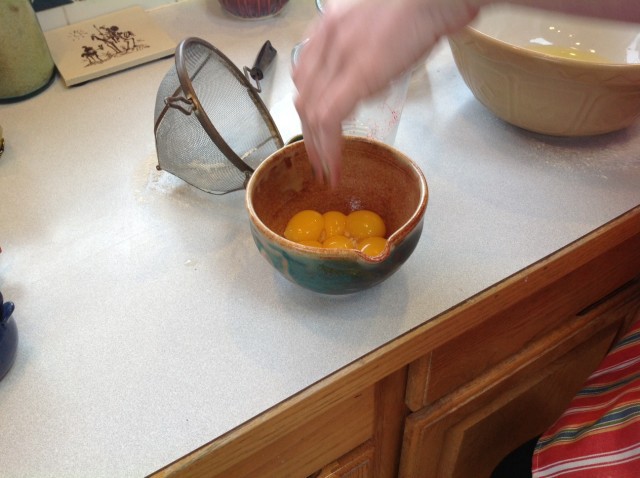
This is the kind of vagueness we’ve gotten used to avoiding in modern cookbooks, where we always know whether we’re supposed to be mincing, dicing, chopping, or julienning, what temperature we should preheat our ovens to, and how many strands of saffron we’re meant to use. If we were all in our 18th-century kitchens, though, we would probably have a pretty good idea of what “beat it well” or “a little saffron” meant — the normal amount of saffron, the amount we’d used in every other recipe, so obvious that it doesn’t need to be written down, God. Meanwhile, in my mother’s 21st-century kitchen, I did what I always do when I wasn’t sure of how much to use: I used a lot.
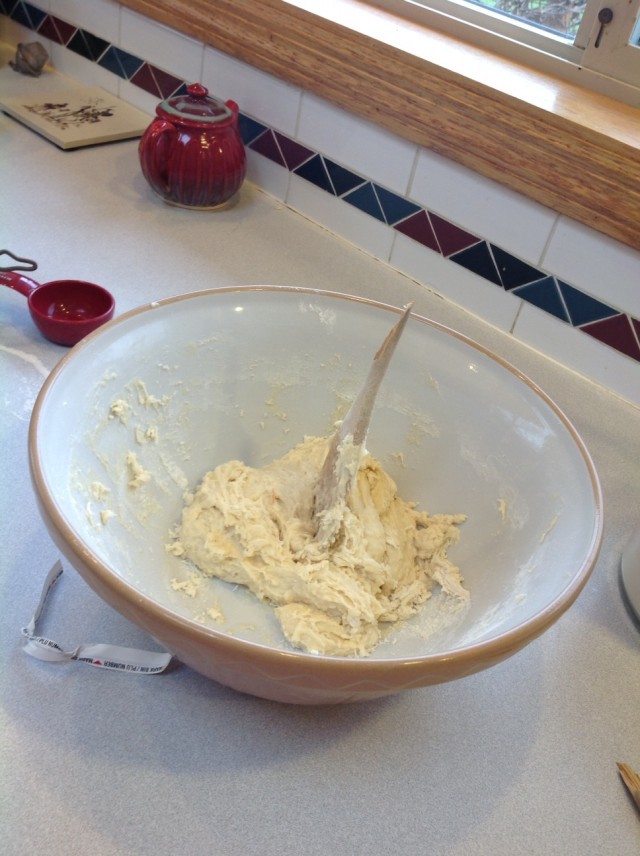
This worked fine with the saffron (even I know that a lot of saffron is, at most, about five strands), but defining what “a little sweet & thick cream” meant was harder. In order to really get in the historical swing of things, I bought the high-end, organic cream I always find myself leering at (the little glass bottles!) but never buy. After tasting it I decided that “a little” meant “as much as I could reasonably convince myself was called for,” which was something of a mistake. After adding about a cup and a half of cream, I realized what I had was less a rollable substance than a big, wet, sticky, creamy mass, so I panicked and started adding a lot of extra flour. This may or may not have led to the central tragedy of the Little Cakes Experience, namely that the dough turned out to be as tough as stale Play-Doh. For this, I offer two hypotheses:
- Too much flour.
- Too little beating. Each recipe in Martha Washington’s Booke of Cookery comes with an explanatory note by its wonderful editor, the late, great culinary historian Karen Hess. Hess calls the Little Cake “a ‘currant newton,’ if you will,” and writes that, when it comes to cutting the Little Cakes, “diamond-shapes are easy and can be justified historically.” Most helpfully, however, she writes that “the beating of the dough is for tenderness, exactly as for our Southern beaten biscuit.”
In other words: spare the rod, spoil the cake. Did I follow this advice? Well, of course not. As much as I had committed myself to being historical, I wasn’t really able to believe that I was supposed to abuse my dough quite so energetically. I stirred it vigorously, broke a spoon in the process (which really should have been my first clue), and left it at that. Which is how I learned the first great lesson of this endeavor: never think you’re smarter than Karen Hess.
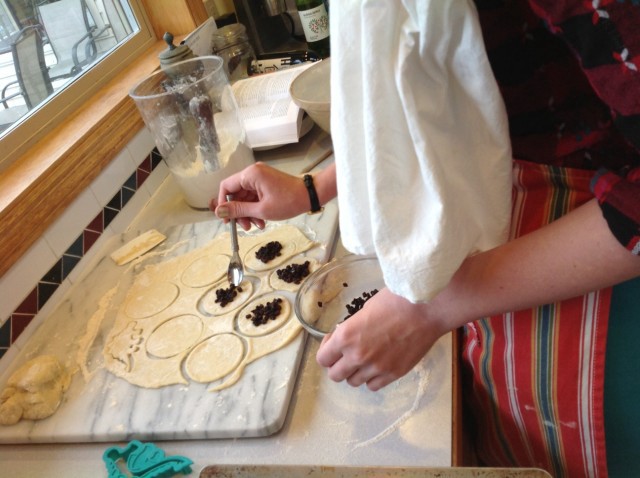
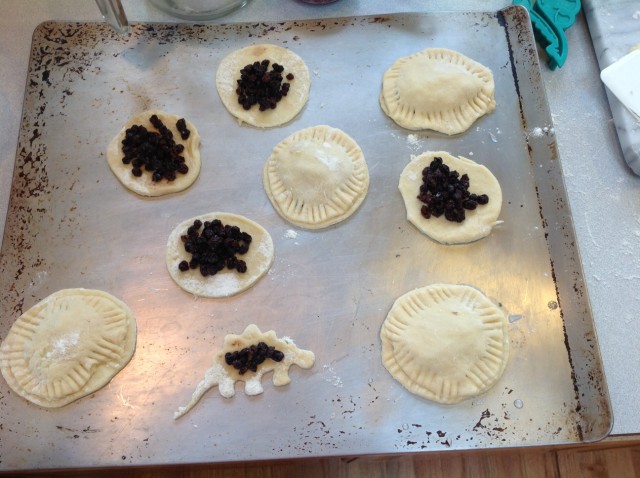
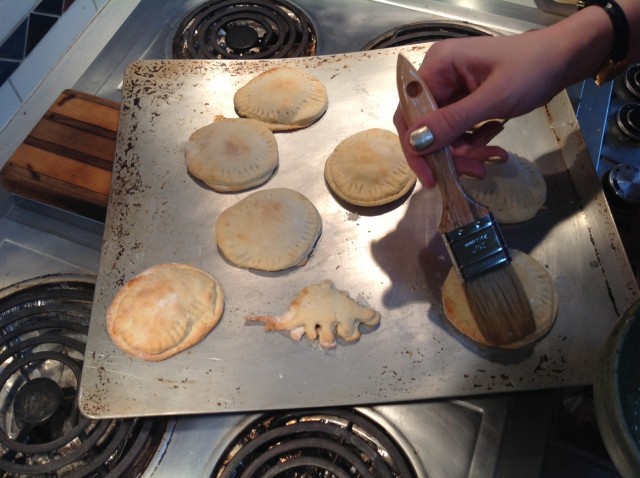
After that, all that remained was “strowing” (which we really need to bring back into common cookbook parlance) and cutting. I went with circles, and one historically unjustifiable dinosaur (sorry, Karen). Hess also provides a recipe for a rosewater-egg-white wash, which I’m glad I actually did listen to her about. A rosewater wash is a perfect addition to any baked good, as far as my mother and I are concerned. However, we may be the only ones. Other verdicts went as follows:
My friend Mary Jo: “I’m gonna save the rest of this for later.”
My friend Daniel: “I just don’t like rosewater-flavored desserts since I went undercover in that cult that put rosewater in everything.” (Note: this is in fact a true story. Those of us who can’t join cults make cakes instead.)
My early American literature professor: “The first bite was like eating perfume, and then I kind of got into it. It didn’t go well with coffee, though! I felt a bit like Alice in Wonderland, expecting my body to morph in some way.”
My verdict: the dough was horribly tough (my fault), but Martha and Karen held up their ends of the bargain. I learned not just that I have a hard time committing to beating dough but that I love rosewater, especially when it’s added to the “strown” currants, which get sort of melty and caramelized, and mingle with the fresh, fleshy rosewater in a pretty wonderful way. (See how much I’ve learned about mingling?)

More to the point, the combination of flavors in the Little Cakes is completely different from any of the desserts we’re used to tasting. All the sweetness in them comes from currants, the tiny bit of sugar in the wash and the filling, and the “sweet & thick cream” (especially when you use a lot of it). In 2008, the average American consumed 136 pounds of sugar per year. In 1750, the average American consumed four pounds. The Washingtons probably consumed quite a bit more than that — they could afford all the sugar they wanted, in addition to saffron and an incredible number of eggs — but their idea of what a dessert constitutes is still pretty dissimilar to ours.
Which leads me to my final conclusion, equally applicable to those who love rosewater and those who don’t: We’re always searching for new flavors, but the best direction to head might just be our past. We’re out of South American mystery fruit (or at least, dear God, I hope we are). Let’s take a look at what out long-suffering ancestors were eating, instead.
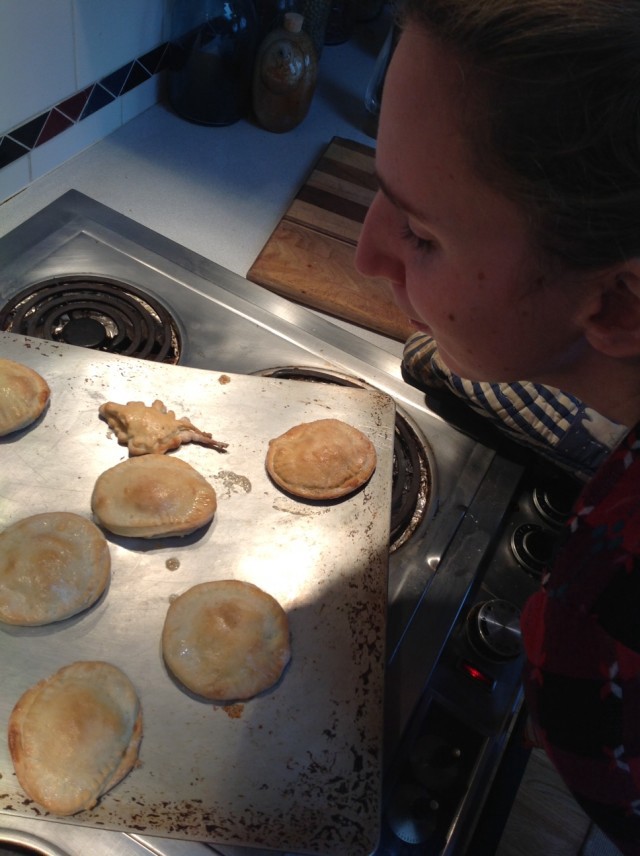
Previously: Your 2013 Baby Name Guide, Puritan Edition
Sarah Marshall is currently attempting to read biographies of all the Presidents, in order. She is currently as far as the first 30 pages of David McCullough’s John Adams, and would be delighted at the prospect of further distracting herself by attempting to make pickled limes.